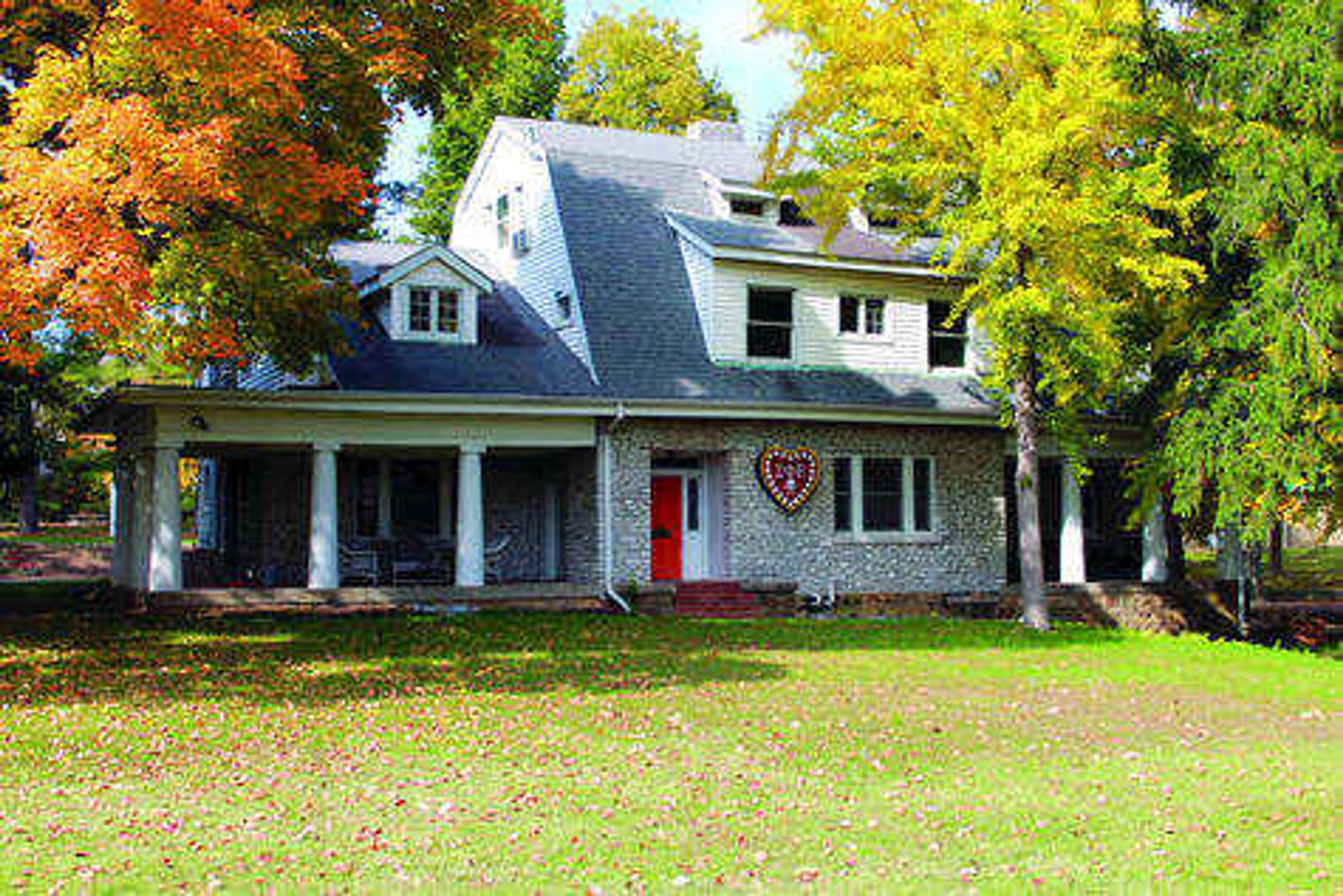The Board of Regents approved hiring an architect and creating more definitive designs for a Greek Village that would replace the Greystone Estate and the Shivelbine House during their meetings over Dec. 18-19.
In the current plan the stand-alone houses will be able to hold around 20 to 24 students each, with each participating chapter having its own house.
"I think in a first phase, probably three [houses] would be the maximum that we'd be looking at," Kathy Mangels, vice president of finances and administration, said. "But the one thing that we looked at with the site is that it does lend itself that over time you could have other phases. You could start out with two or three, and if two or three years down the road there's a couple more organizations that are ready, it's laid out such that you could add two more and then two more. It's not one chance to be part of it or never. The idea is as different organizations over time grow and have structure and the finances available, we can keep doing phases to add to it."
The university has already received interest from a few fraternity chapters to lease the first phase houses and is currently working with them on the project, according to DeAnte' Smith, director of Greek Life.
"Right now from the chapters that have been involved, fraternity groups that have had housing with the institution for at least a decade or more in some cases, are now in support of it based on what they're hearing, seeing and how feasible it will be to uphold their end of the bargain," Smith said.
According to Kendra Skinner, director of Residence Life, Southeast has thought of the idea of a Greek Village at least three times prior to this development.

"When we have looked at new housing, most recently a few years ago prior to building Merick is when we really did more of a comprehensive look to see if we need a Greek Village or if we needed a new residence hall," Skinner said. "Our decision was to do the residence halls because we needed some additional capacity."
Skinner added that while the Greek community had occasionally talked about it, university President Dr. Kenneth W. Dobbins was the one who wanted to revisit the subject and "started the ball rolling" in looking at it this year.
"We were looking at two sites on Sprigg Street," Skinner said. "One was down across from the intramural fields and the Board of Regents decided that it was a little too pricy to look at with some infrastructure things that we would need to do. You know, electric, water, all those good things. So what we're focusing on now is the current site where Greystone and Shivelbine are located there on alumni drive over by the Show Me Center.
"... The Board of Regents approved us going forward with conceptual designs, so working with architects to take a look at 'Here is the space that we have, what could we put here?' Nothing is definite yet, so we want to make sure that people understand that we're not moving dirt. We're simply taking a look at what we could build if we were to build on that spot and then what is the cost that that would be."
One benefit Skinner pointed out is that the new project would give students more than one Greek housing option.
"When you become Greek and then live in the house, what you're living in is a 1960s-era building that's community style," Skinner said. "And you don't really have an opportunity to move into anything else. So if you're staying in the Greek housing, that is all your option is. When you are living on campus as a non-Greek student, you have an opportunity to live in community style, suite style, older facilities from late 1930s on up to facilities that just opened this year."
Skinner explained that they are looking at the Greek Village as housing for upperclassmen with freshmen not allowed to move into the houses.
"We're really looking at the potential for juniors, seniors, maybe some sophomores that would live over in that housing," Skinner said. "It's kind of [like you] start over here on the Greek housing here on the hill in community style and then as you're progressing in the organization and as a student here at Southeast, you will be able to move into this other housing opportunity that's going to be a little bit more like a house."
Skinner added that while the new project might alleviate some Greek housing capacity issues, it wasn't a major concern regarding Residence Life to increase capacity.
"There is still a lot of questions that have to be answered for everyone to feel comfortable about what we're looking at and even then for some of the chapters, how this works because it's university housing, it's university land," Skinner said. "We would be working with housing corporations, so it's a leased property and that's new for some chapters. So they're not used to that because all they have is what we have currently."






